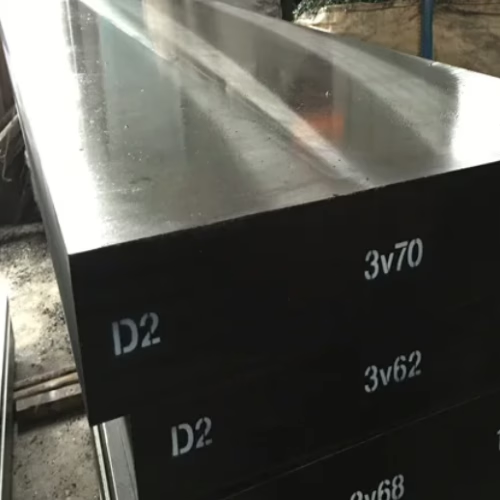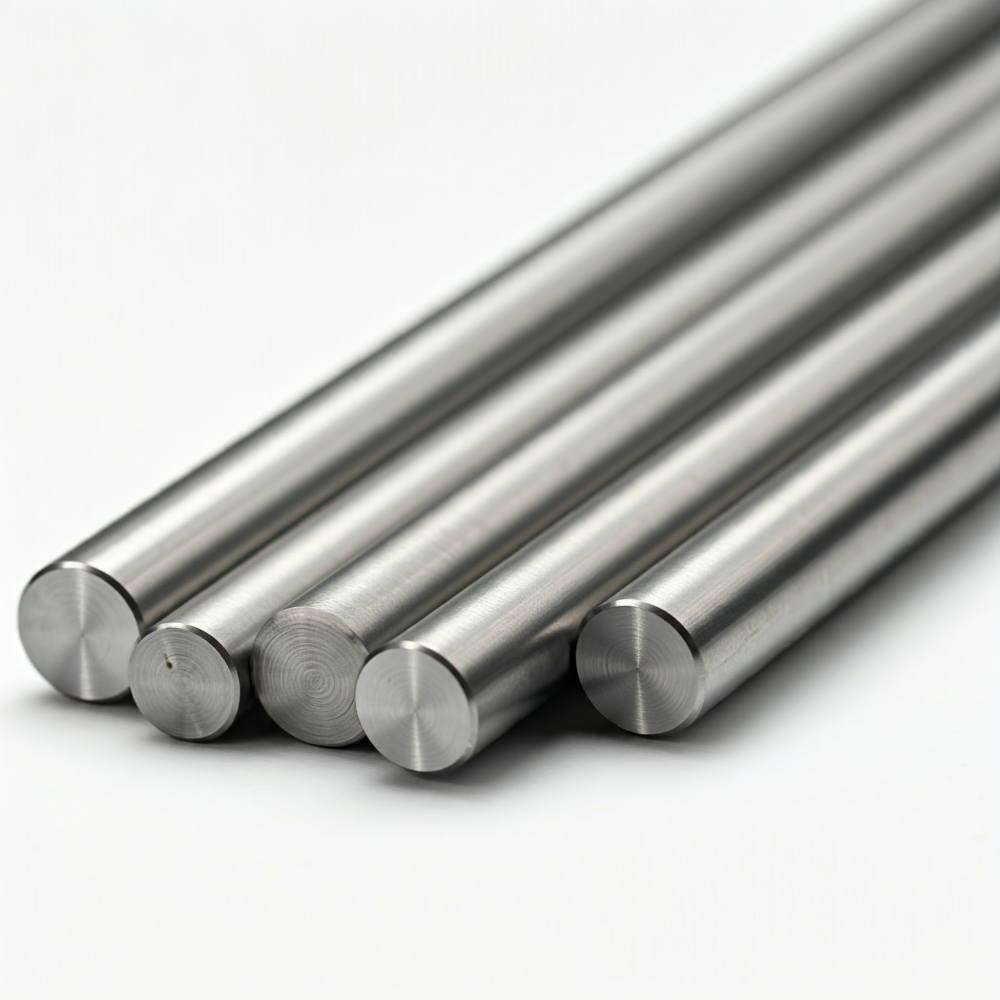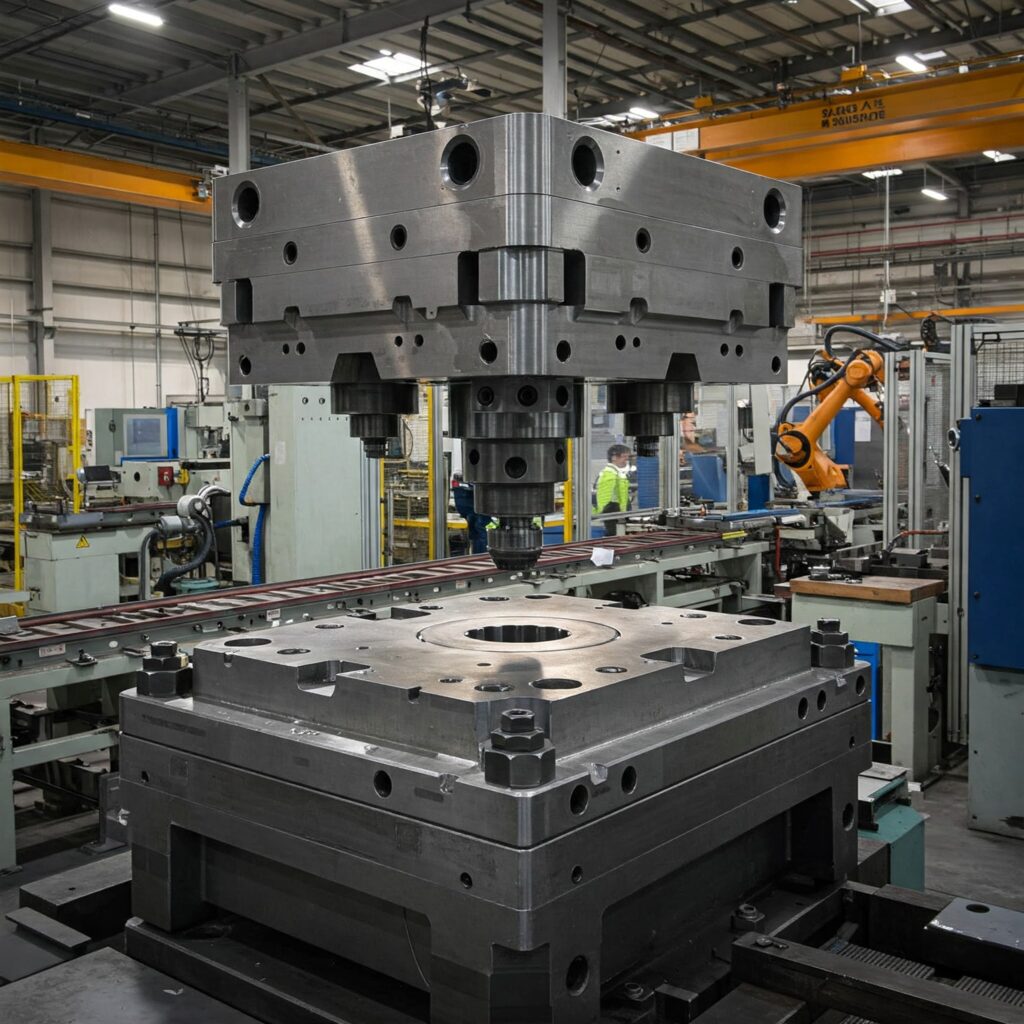If you’re using D2 tool steel in your factory, you might be wondering if hardening is a necessary step. Let’s get directly to the answer.
The Short Answer: Yes, D2 Steel Needs Hardening
D2 steel must be hardened for nearly all tooling applications in a factory setting. It’s designed to be used in its hardened state to achieve its well-known exceptional wear resistance and high compressive strength. Using D2 steel without hardening means it won’t deliver the performance expected for demanding jobs.

Why Hardening is Essential for D2
D2 is a high-carbon, high-chromium tool steel. These elements are vital for its performance, but only when the steel is properly heat-treated.
Unlocking D2’s Key Properties
Hardening fundamentally changes D2’s microstructure, giving it:
- Excellent Abrasion Resistance: Essential for tools that cut, stamp, or form.
- High Hardness: Allows it to maintain a sharp edge and resist deformation.
- Good Toughness (when properly tempered): Enables it to withstand operational stresses.
What Happens if D2 Isn’t Hardened?
Without hardening, D2 steel remains in a softer, annealed state. While this state is good for machining, it lacks the hardness and strength for typical cold-work applications such as:
- Blanking dies
- Cold-forming punches
- Shearing blades
- Cold extrusion tooling
Unhardened D2 in these roles would wear quickly, deform, or fail, leading to factory downtime and increased costs.
Understanding the D2 Steel Hardening Process
D2 steel hardening is a controlled thermal process, not just a single step. Here’s a brief overview:
Austenitizing – Preparing the Steel
Austenitizing is the first critical step. It involves heating D2 steel to a specific high temperature, typically 980°C to 1010°C (1800°F to 1850°F).
The steel is held at this temperature to transform its internal structure into austenite and dissolve carbides, preparing it for hardening.
Preheating:
For high-chromium steels like D2, preheating (usually to 650-705°C or 1200-1300°F) is highly recommended to minimize thermal shock and cracking risks.
Quenching – The Cooling Down Phase
After austenitizing, the steel is rapidly cooled – this is quenching. D2 is an air-hardening steel, meaning cooling in air is usually sufficient for most tool sizes to achieve a fully hardened martensitic microstructure.
Air quenching also results in less distortion compared to liquid quenching.
Key Temperatures:
- The martensite transformation in D2 generally starts below 205°C (400°F).
- It’s important to cool the part to around 65°C (150°F) before tempering.
Tempering – Enhancing Toughness and Stability
Quenched D2 is very hard but brittle. Tempering – reheating the hardened steel to a lower, specific temperature – relieves internal stresses, improves toughness, and conditions the steel for use.
This step is crucial for achieving the desired balance of hardness and toughness for the final application of the D2 tool steel.
The Critical Role of Double Tempering: For D2 steel, double tempering is strongly recommended and often considered mandatory. D2 can retain austenite after the initial quench, which is unstable and can cause dimensional changes or cracking later. The first temper conditions the initial martensite and helps transform retained austenite; the second temper treats this newly transformed martensite.
For typical working hardness (58-60 HRC), D2 is often tempered between 482-516°C (900-960°F), utilizing “secondary hardening.” Lower temperatures (around 205°C or 400°F) can be used if maximum toughness is prioritized over some wear resistance.
We have another article on P20 heat treatment. Please click on the D2 tool steel heat treatment guide.
The Bottom Line: Hardened D2 for Optimal Performance
Yes, D2 steel absolutely needs to be properly hardened and then tempered to deliver the performance your factory requires for tooling. The process of austenitizing, air quenching, and multiple tempering cycles develops D2’s valued combination of high hardness, excellent wear resistance, and sufficient toughness. Using D2 in its unhardened state for tooling will lead to poor performance and premature failure.
Get Your Premium D2 Tool Steel Quote Today!
Leverage our 20+ years of expertise in D2 tool steel. We provide high-quality, durable D2 steel tailored to your exact specifications. Don’t compromise on quality – partner with a trusted supplier.
Ready to Enhance Your Operations?
Fill out the form below to discuss your D2 tool steel requirements with our specialists. We’ll provide a competitive quote and expert advice to help you succeed.
We respect your privacy and will only use your information to contact you about your inquiry.


